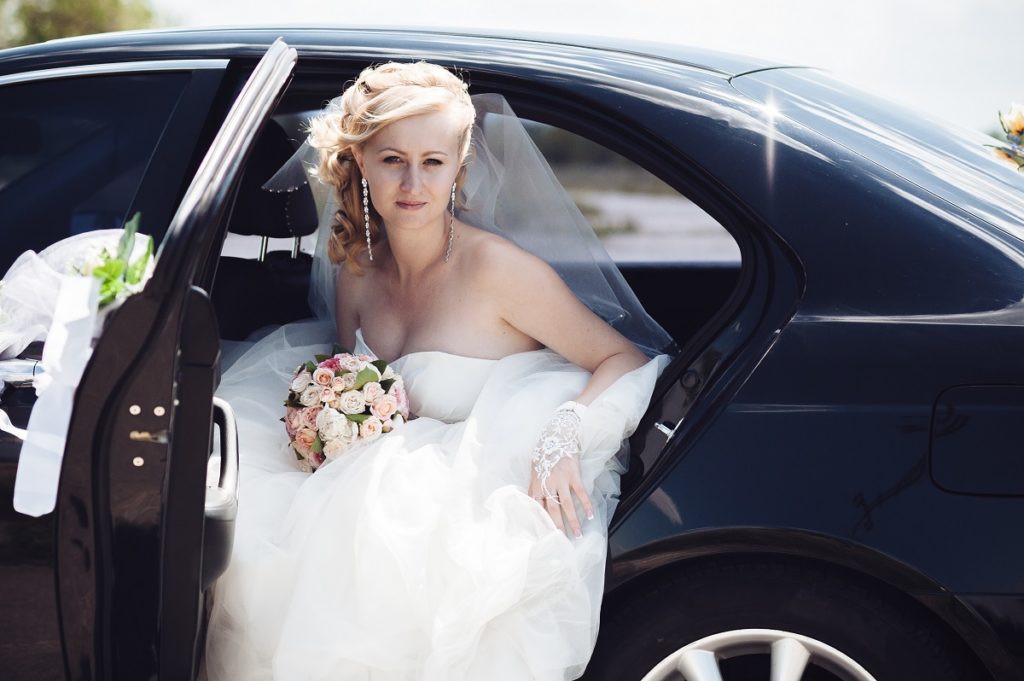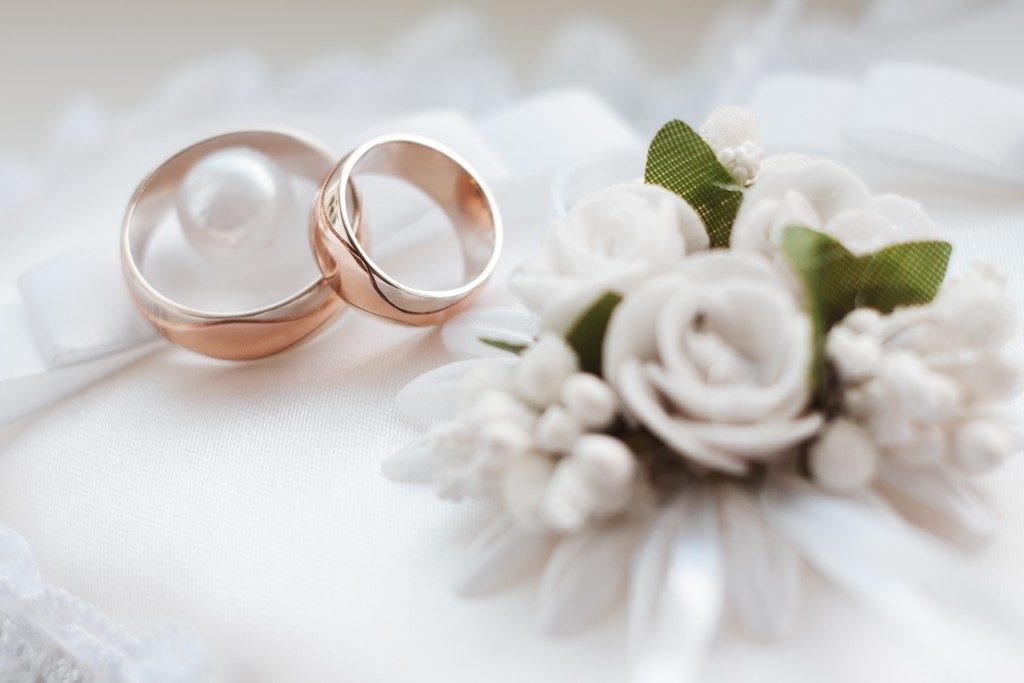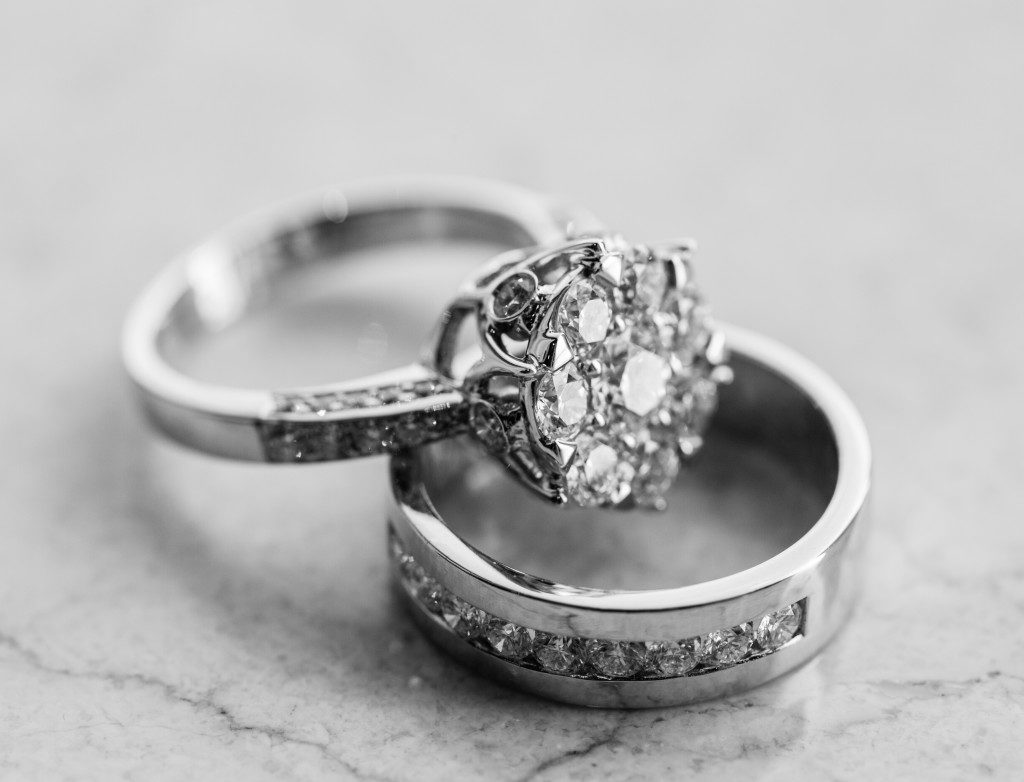White dresses are a constant in weddings, especially in Western countries. When you hire a wedding planning service in London or New York, for example, the bride would certainly be offered a selection of white dresses to choose from. But this was not always the norm and bridal gowns from different eras did not have a standard colour.
Let us unveil how the Western wedding gown has changed throughout the years.
Ancient times and different cultures
Oftentimes, weddings in the ancient times were meant to seal economic unions instead of joining a couple in love. But their wedding day was still a cause of happiness and celebration for most brides, so they may have chosen to show it by wearing bright colours. Ancient Athenian brides, for one, were believed to have worn long robes in shades of violet or red. In ancient Rome, a girl is made to represent a torch and symbolise warmth on her wedding day, and would wear a bright yellow veil to emulate this.
The practice of wearing brightly coloured garments may have been even more prevalent in East Asia. Japanese brides traditionally wear several layers of differently coloured kimonos. In Korea, the bride’s clothing is conventionally meant to imitate royalty, usually with elaborate silk long-sleeved tops in multiple colours, like yellow, red and blue. And these wedding customs prevail in both countries to this day.
In China, however, bright colours were not always an option for brides. During the Zhou Dynasty (1046-256 BCE), bridal clothes had to be black with red trim. By the Han period, it changed to only black. But during the Tang Dynasty (618-906 AD), the edicts for bridal clothing became less strict and green became a fashionable colour to wear.
Medieval and Renaissance eras

During the medieval times in Europe (5th to 15th centuries), weddings were still less about love. Marriages were mostly arranged for politics, so the bride needed to dress in a manner that casts her family in the best light. Medieval bridal garments had rich colours, opulent fabrics, and were often sewn with precious jewels. She may even wear furs, velvet and silk layers to add to the lavishness of her outfit.
Come the Renaissance era (14th-17th centuries), the aristocracy set the standards for fashion even more. Weddings became an even more elaborate occasion, and bridal garments reflected this. This is also when the bridal train became popular, as part of long dresses that flow from the neck or shoulders down to the feet.
Queen Victoria’s white wedding gown
Prior to the Victorian era, white was not a common colour for wedding dresses. Brides typically wore red, yellow, blue, green, or even grey. This changed when Queen Victoria married Prince Albert of Saxe in 1840, wearing a white wedding gown. Her dress was made with handmade lace, so the young queen chose to be dressed in white to highlight her phenomenal dress. Since it was not popularly chosen as a colour to be married in, Queen Victoria’s gown surprised many.
Queen Victoria’s white wedding dress sparked a new trend. Aristocratic brides began wearing white wedding gowns all over Europe and across the Atlantic, as well. Due to the Industrial Revolution, even brides who are not of high social classes had access to the fashionable white wedding gowns of the rich, and became even more prevalent. As white became the norm for bridal dress colours, its styles also changed throughout the years.
Throughout history, what the bride wears on her wedding day depends on her culture, social class, and the prevalent norms. But even though the dress colour became somewhat standardised, brides nowadays may have more agency than their historical counterparts when it comes to their matrimony, and are free to choose whatever style or colour to wear on the big day.



